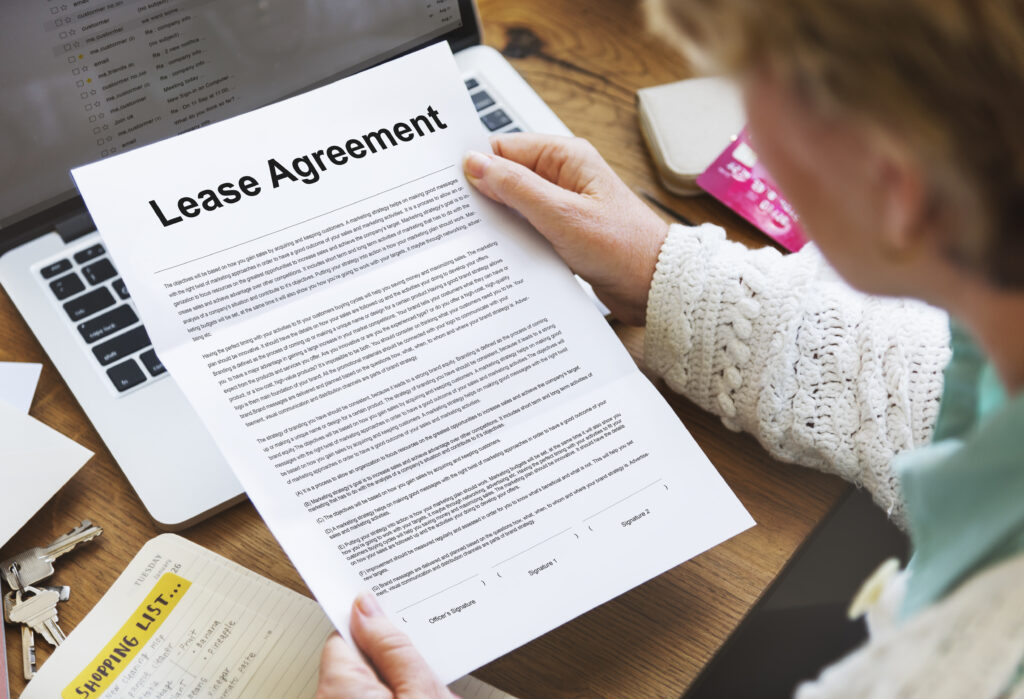Ever rented an apartment? Leased a swanky office space? Companies do that too, and accounting for these arrangements can get as tangled as a ball of Christmas lights. That’s where IND AS 116, the accounting superhero, swoops in with a laser sword of clarity to cut through the confusion. But wait, don’t let the technical jargon intimidate you! In this blog post, we’ll transform IND AS 116 from a cryptic code into a friendly conversation, complete with a real-life example, FAQs, and key takeaways. So, buckle up and get ready to conquer the world of lease accounting!
Table of Contents

Image Credits to The Old Way: A Maze of Labels and Mysteries
Before IND AS 116 came along, lease accounting was a labyrinth of definitions and distinctions. Leases were categorized as either “finance leases” or “operating leases,” creating an artificial divide that often obscured the true economic substance of the agreement. This often led to: Lack of transparency: Hidden operating lease obligations lurked in the shadows, making it difficult for investors and analysts to assess a company’s true financial health. Inconsistent comparisons: Comparing companies became an apples-to-oranges game, as their lease accounting practices could vary significantly. Unrealistic portrayals: Financial statements didn’t always reflect the full impact of long-term leasing arrangements, potentially misleading stakeholders. Recognizing these shortcomings, IND AS 116 revolutionized lease accounting by focusing on the economic substance of the agreement, not just its label. Here’s the gist: One Model for (Almost) All: Gone are the days of finance vs. operating lease segregation. Instead, nearly all leases, except for some specific exemptions, are treated similarly. Right-of-Use Asset: Companies now recognize an asset on their balance sheet representing the right to use the leased asset, reflecting the economic control they gain. Lease Liability: To balance the asset, a lease liability is recorded, representing the obligation to pay future lease rentals. Substance Wins: Rather than rigid definitions, the classification hinges on whether the lease transfers substantially all the risks and rewards of ownership. So, how does this translate into real numbers? Imagine a manufacturing company rents a production facility for five years. Here’s how IND AS 116 would impact their financial statements: Step 1: Calculate the Lease Payment Present Value (PV) Lease payments: ₹10,000 per month for 60 months (₹600,000 total) Discount rate: 8% annually (adjust for compounding) Present Value (PV) of lease payments: ₹441,862 Step 2: Recognize the Right-of-Use Asset Amount: ₹441,862 (PV of lease payments) Depreciable over the lease term (5 years) Step 3: Recognize the Lease Liability Amount: ₹441,862 (PV of lease payments) Amortized using the effective interest method, resulting in interest expense recognized each period Impact on Financial Statements: Balance Sheet: Right-of-Use Asset appears, offset by the Lease Liability. Profit and Loss Statement: Depreciation expense on the asset and interest expense on the liability are recognized each period. Cash Flow Statement: Lease payments are classified as financing activities. This example illustrates how IND AS 116 provides a clearer picture of the company’s obligations and their impact on its financial performance. Q: What are the exemptions under IND AS 116? A: Short-term leases (less than 12 months) and low-value assets have simplified accounting treatments. Q: How does IND AS 116 impact different types of leases? A: The core principles apply to all leases, but specific calculations and disclosures may vary depending on the lease terms and type of underlying asset. Q: How can I learn more about IND AS 116? A: Numerous resources are available online and from professional accounting bodies. Consider seeking guidance from a qualified accountant for complex situations. IND AS 116 revolutionized lease accounting by focusing on substance over form. Companies now recognize a right-of-use asset and a lease liability for most leases. This improves transparency, comparability, and accuracy of financial statements. The new approach requires careful consideration of lease terms and economic substance. Understanding IND AS 116 empowers stakeholders to make informed decisions based on a clearer financial picture. While this post provides a foundational understanding of IND AS 116, the standard offers many intricacies and considerations for specific situations: Lease Modifications: Reassessment of asset and liability values may be necessary when lease terms are modified. Variable Lease Payments: Specific calculations are required to determine the lease liability and interest expense in scenarios with variable payments. Initial Direct Costs: Costs incurred in obtaining a lease (e.g., legal fees) are treated differently depending on the lease classification. Disclosures: Detailed disclosures about lease arrangements are mandated to enhance transparency and comparability. While the previous post provided a solid foundation, IND AS 116 delves deeper with various accounting nuances. Here are some practical examples to illustrate key complexities: 1. Lease Modifications: Imagine Company A leases office space for 10 years. After 5 years, they negotiate a rent reduction for the remaining term. This modification necessitates reassessing the lease liability and right-of-use asset: New present value calculation: Based on the revised rent and remaining term, a new present value of lease payments is determined. Revised asset and liability: The right-of-use asset decreases to reflect the lower present value, and the lease liability is adjusted accordingly. Impact on financials: Depreciation expense and interest expense change due to the revised asset and liability values. 2. Variable Lease Payments: A retail store leases a warehouse with rent based on monthly sales volume. This introduces an element of variability: Weighted average discount rate: Instead of a fixed rate, a weighted average discount rate is used, considering the expected variability in lease payments. Stochastic method (optional): For complex scenarios, a stochastic method can be employed to model and estimate future lease payments based on various possible sales outcomes. Disclosure requirements: Additional disclosures are required to explain the nature of variable lease payments and their impact on the financial statements. 3. Initial Direct Costs: Company B incurs legal fees and broker commissions to secure a long-term equipment lease. How are these costs treated? Finance leases: Initial direct costs are added to the right-of-use asset, as they are essentially part of the acquisition cost. Operating leases: For certain high-value operating leases, initial direct costs are capitalized and depreciated separately over their useful life. Low-value operating leases: Initial direct costs are expensed in the period they are incurred. Remember, these are simplified examples, and the specific accounting treatment may vary depending on the unique details of each lease agreement. It’s crucial to consult with a qualified accountant for complex situations and ensure compliance with IND AS 116. By understanding these practical examples, you gain a deeper appreciation for the intricacies of IND AS 116 and its impact on various lease scenarios. Remember, this knowledge empowers you to make informed decisions and navigate the world of lease accounting with greater confidence. With a clear understanding of its principles, IND AS 116 can be a powerful tool for companies, investors, and analysts. By embracing transparency and substance-driven accounting, we can move towards a more informed and equitable financial landscape. So, the next time you encounter a lease agreement, remember, IND AS 116 is not a monster to be feared, but rather a superhero fighting for clarity and financial literacy. Share this post with your colleagues and networks to spread the knowledge about IND AS 116. Explore the resources mentioned above to delve deeper into specific aspects of the standard. Engage in discussions about lease accounting and its impact on various stakeholders. Remember, financial literacy empowers better decision-making, and understanding IND AS 116 is a crucial step towards that goal. So, step out of the shadows and embrace the world of transparent lease accounting!Enter IND AS 116: A Superhero for Substance Over Form
Accounting Jargon? No Problem! Let’s Get Practical

Frequently Asked Questions (FAQs):
Key Takeaways:
Beyond the Basics: Diving Deeper into the Nuances
Practical Examples: Going Beyond the Basics of IND AS 116
Embrace the Transparency: Unleashing the Power of IND AS 116
Call to Action:

